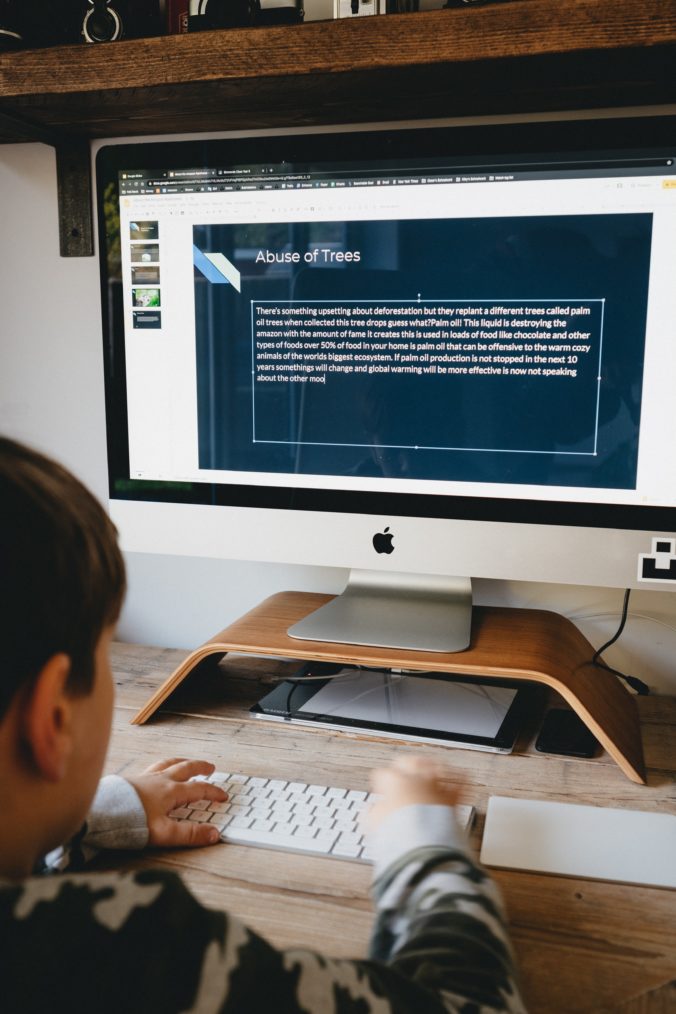Many Americans are familiar with the acronym WFH (Work From Home); however, not as many are familiar with the similar acronym LFH (Learn From Home).
As U.S. schools and colleges nationwide react to the global coronavirus pandemic, many education institutions are moving classes online—or planning to—and students are having to deal with the transition to LFH.
Brainly, the world’s largest online learning community with 150 million monthly users, surveyed 1,600 U.S. high school and college students to find out how the coronavirus is impacting them. Nationwide, 40% of students worry their grades will be negatively impacted by school closures or transitions to online classes due to coronavirus.
1. CARVE OUT SPACE. Setting up a dedicated LFH zone that is organized and tech-ready is crucial to maintain a routine and ensure academic success. If you are not able to carve out space for a desk and are working at a kitchen table, on the couch or on a countertop, Brainly recommends having a designated school bag where you keep your computer and any necessary school materials. This allows you to be flexible in your schoolwork space but also have everything you need in one place.
2. BREAK TIME. Nationwide, 40% of students report that staying focused is the biggest challenge when receiving online instruction. And let’s face it: sitting and learning for hours on end can be extremely mentally exhausting. The easiest ways students can ensure they’re able to stay focused when LFH is taking breaks to recharge their minds. So, what is the ideal length of your breaks? The best way to maximize productivity is by taking SHORT breaks – say 5 to 15 minutes – every hour or so. Then take a longer break – at least 30 minutes – every 2 to 4 hours (depending on your tasks).
3. SOCIAL INTERACTION. Humans are social animals, and LFH can feel isolated for many students who are used to highly social interactions and periods of time throughout their day. Thankfully, online communities like Brainly or Kahoot bring in elements of social learning and encourage collaboration and the exchange of knowledge and ideas. You can take advantage of any number of these peer-to-peer learning platforms to stay engaged.
4. NO PAJAMAS. For many students starting to LFH for the first time, it can be difficult to delineate the start of the school day and ensure they get in the right academic mental space without the physical classroom around them. One of the best ways to ensure you continue academic routines and success is to actually get up and get dressed for the day as if you were still going to a physical class. Plus, bonus points that you’ll look good for video-conferencing if needed!
5. BE HEALTHY. It’s no secret that you can’t concentrate when you’re hungry and you won’t be prepared to bring your A-game if you haven’t had a proper night’s rest. Students should make sure they have ready-to-grab nutritious snacks prepared for their LFH days so they don’t have to take disruptive breaks to rifle through the pantry or refrigerator to find something to eat. Similarly, sleep and exercise are just as crucial for LFH success as they are for a regular school day– if not more.
